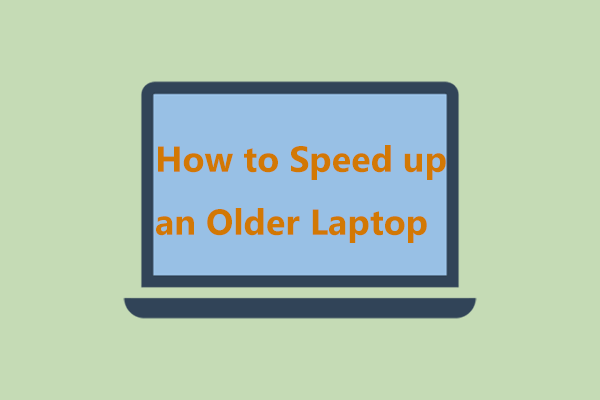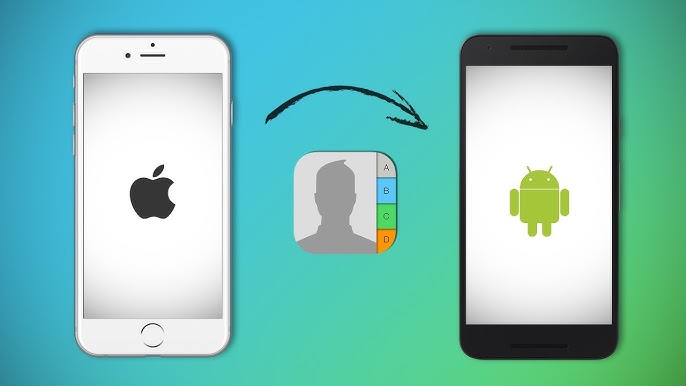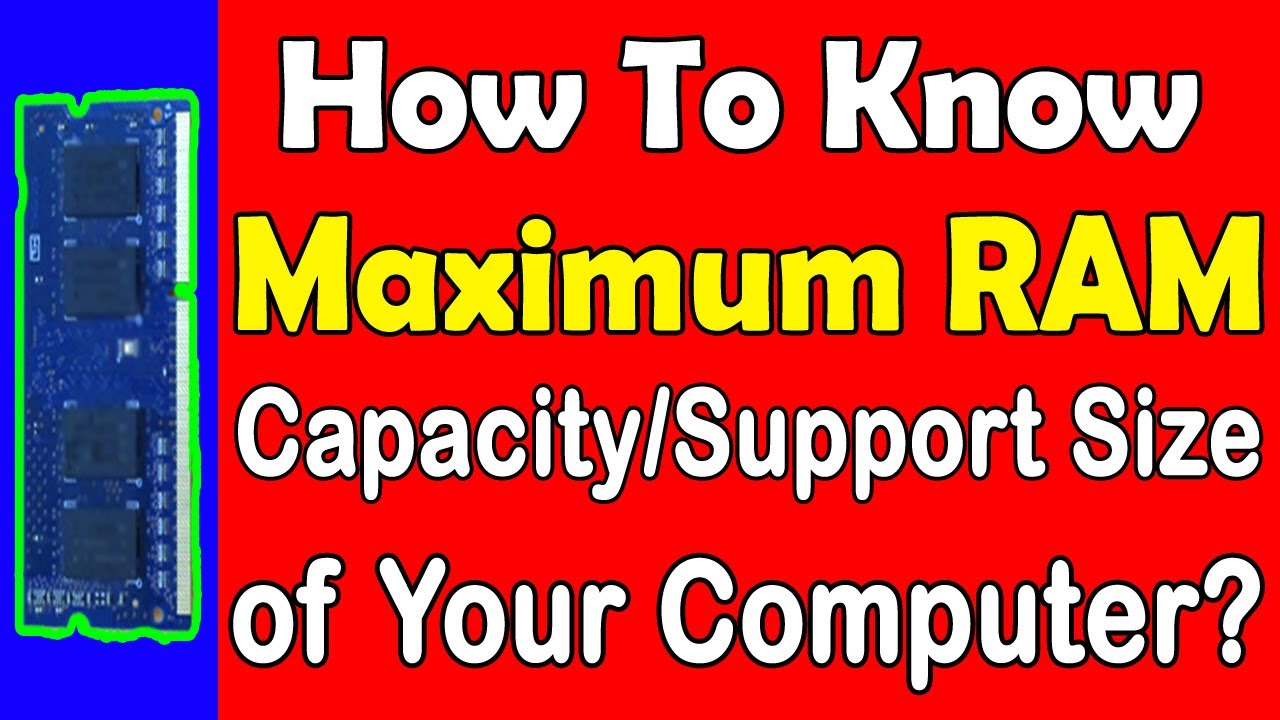Is your once-speedy laptop now feeling more like a snail in April 2025? The frustration of waiting for programs to load or web pages to render can be immense. While a fresh installation of Windows can often resolve performance issues, it’s a time-consuming process. Fortunately, there are numerous steps you can take to speed up your slow laptop without reinstalling Windows. I’ve personally helped countless users breathe new life into their aging laptops using these techniques, and this guide will walk you through the most effective methods to get your laptop running faster and smoother.
Step 1: The Classic First Steps – Restart and Update
Before diving into more complex solutions, let’s cover the foundational steps that often provide immediate relief.
- Restart Your Laptop: A simple restart can often clear temporary glitches, free up memory, and close unnecessary background processes that might be slowing things down.
- Ensure Windows is Up to Date: Microsoft regularly releases updates that include performance improvements and bug fixes. Go to Settings > Update & Security > Windows Update and click “Check for updates.” Install any available updates.
Step 2: Managing Startup Programs – Reducing Boot Time and Background Load (April 2025 Optimization)
Too many programs launching automatically at startup can significantly impact your laptop’s boot time and overall performance.
- Open Task Manager: Press Ctrl + Shift + Esc keys simultaneously.
- Navigate to the “Startup apps” Tab: This tab lists the programs that run when you start your laptop.
- Disable Unnecessary Programs: Review the list and disable any programs that you don’t need to launch automatically. Right-click on the program and select “Disable.” Be cautious about disabling programs you don’t recognize, but generally, you can disable most third-party applications.
Step 3: Uninstalling Bloatware and Unused Programs – Freeing Up Resources (April 2025 Housekeeping)
Many laptops come pre-installed with software you might not need or use, often referred to as bloatware. Removing these can free up storage space and system resources.
- Open Settings: Press the Windows key + I to open the Settings app.
- Go to “Apps” > “Installed apps”: This will display a list of all the applications installed on your laptop.
- Uninstall Unwanted Programs: Carefully review the list and uninstall any programs you no longer use or recognize. Click on the program and select “Uninstall.” Be cautious about uninstalling programs you’re unsure about, as some might be essential system utilities.
Step 4: Running a Malware Scan – Identifying and Removing Threats (Crucial in April 2025)
Malicious software can severely impact your laptop’s performance and even compromise your security.
- Use Windows Security: Windows 10 and 11 have a built-in antivirus program called Windows Security (formerly Windows Defender). Open it by searching for “Windows Security” in the Start Menu.
- Run a Full Scan: In the Windows Security app, go to “Virus & threat protection” and click “Scan options.” Select “Full scan” and click “Scan now.” This process might take some time, but it’s essential to thoroughly check your system for any malicious software that might be slowing it down. Consider also using a reputable free third-party antivirus program for a second opinion.
Step 5: Cleaning Up Your Hard Drive – Removing Temporary Files (April 2025 Maintenance)
Over time, your hard drive can accumulate temporary files, cache, and other unnecessary data that can slow down your system.
- Use Storage Sense: Windows 10 and 11 have a feature called Storage Sense that can automatically free up space. Go to Settings > System > Storage and toggle “Storage Sense” to “On.” You can also configure it to run more frequently and delete specific types of files.
- Run Disk Cleanup: Search for “Disk Cleanup” in the Start Menu and run the utility. Select your system drive (usually C:) and let it scan for files you can safely delete, such as temporary internet files, system error memory dump files, and the Recycle Bin.
Step 6: Checking for and Updating Drivers – Ensuring Compatibility and Performance (April 2025)
Outdated or corrupted device drivers, especially for your graphics card, can sometimes cause performance issues.
- Open Device Manager: Right-click on the Start button and select “Device Manager.”
- Check for Warnings: Look for any devices with a yellow exclamation mark, which indicates a problem with the driver.
- Update Drivers: Right-click on the problematic device, select “Update driver,” and then choose “Search automatically for updated driver software.” Windows will try to find and install the latest driver. For graphics cards (NVIDIA, AMD, Intel), it’s often best to download the latest drivers directly from the manufacturer’s website.
Step 7: Adjusting Visual Effects – Prioritizing Performance Over Aesthetics (April 2025 Tweak)
While Windows offers various visual effects that can enhance the user experience, they can also consume system resources. If your laptop is struggling, you can try disabling some of these effects.
- Search for “Adjust the appearance and performance of Windows” in the Start Menu and open it.
- Choose an Option: On the “Visual Effects” tab, you can select “Adjust for best performance” to disable most visual effects, which can free up system resources and potentially speed up your laptop. You can also choose “Custom” and manually select which effects to disable.
Step 8: Managing Virtual Memory (Page File) – Optimizing Memory Usage
Virtual memory is a feature that allows your computer to use part of your hard drive as RAM when your physical RAM is full. Adjusting its settings might improve performance in some cases.
- Search for “Adjust the appearance and performance of Windows” in the Start Menu and open it.
- Go to the “Advanced” Tab: Under the “Performance” section, click “Settings…“
- Go to the “Advanced” Tab (Again): Under the “Virtual memory” section, click “Change…“
- Uncheck “Automatically manage paging file size for all drives”:
- Select Your System Drive (Usually C:):
- Choose “Custom size”: Set the “Initial size (MB)” and “Maximum size (MB)” to values that are appropriate for your system. A common recommendation is to set both values to 1.5 to 2 times your installed RAM. However, if you have a fast SSD and ample RAM (8GB or more), you might consider disabling the page file entirely (select “No paging file”), but this is generally not recommended for most users. Consult reliable online resources for guidance specific to your system configuration.
- Click “Set” and “OK” on all open windows, then restart your laptop.
Note: Incorrectly adjusting virtual memory can lead to system instability. Proceed with caution and research.
Step 9: Considering a Disk Defragmentation (If Using an HDD)
If your laptop uses a traditional Hard Disk Drive (HDD) instead of a Solid State Drive (SSD), defragmenting the drive can sometimes improve performance by organizing files.
- Search for “Defragment and Optimize Drives” in the Start Menu and open it.
- Select Your System Drive:
- Click “Optimize”: Windows will analyze and defragment your drive if needed. Do not defragment SSDs, as this can shorten their lifespan without providing significant performance benefits.
Step 10: Exploring Browser Optimization – Speeding Up Web Browse
Your web browser is likely one of the most frequently used applications. Optimizing it can make a noticeable difference.
- Clear Browser Cache and Cookies: Regularly clear your browser’s cache and cookies. These can accumulate over time and slow down Browse.
- Disable Unnecessary Extensions: Browser extensions can add functionality but also consume resources. Disable or remove extensions that you don’t use regularly.
- Keep Your Browser Updated: Ensure your web browser is updated to the latest version for performance improvements and security patches.
Step 11: Considering a RAM Upgrade (If Possible and Affordable)
While this article focuses on software tweaks, if your laptop has limited RAM (e.g., 4GB or less) and is upgradeable (as discussed in a previous article), upgrading your RAM can provide a significant performance boost, especially for multitasking.
My Personal Insights on Speeding Up Slow Laptops (April 2025)
Over the years, I’ve found that a combination of these techniques often yields the best results for speeding up a slow laptop without reinstalling Windows. The key is to be systematic and address the most common causes of sluggishness first. Regularly performing these maintenance tasks can help keep your laptop running smoothly for longer.





